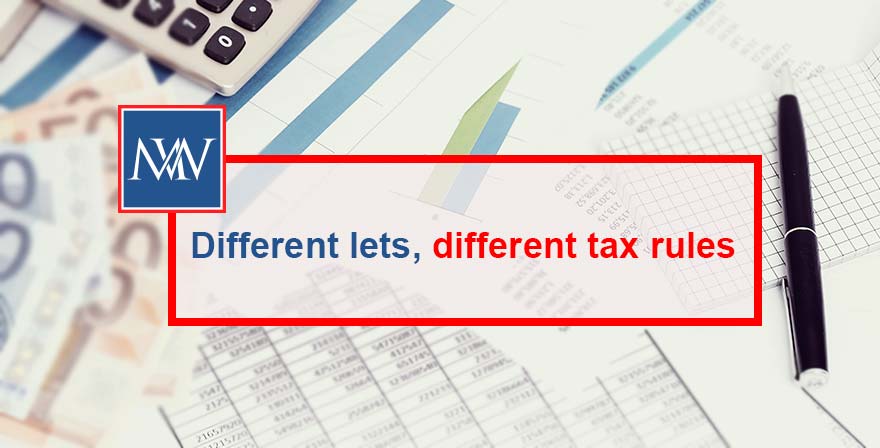
Different lets, different tax rules
From a tax perspective, all lets are not equal, and the rules that apply to furnished holiday lettings are different to those applying to traditional buy-to-lets.
Buy-to-let
Under a traditional buy-to-let, a landlord will let the property to the same tenant or tenants on a long-term basis. Lets are traditionally for a period of at least six months.
Where an individual landlord has rental income from one or more buy-to-lets, the rental profit is charged to income tax under the property income tax rules.
All buy-to-lets owned by the same person or persons form a single property income business and it is the overall profit from the business that is charged to tax. The landlord is charged on the rental profit (or his or her share of the rental profit) at his or her marginal rate of tax.
The cash basis is the default basis of accounts preparation where rental income is £150,000 a year or less. However, the landlord can elect for the accounts to be prepared under the accruals basis if preferred.
Where the landlord incurs interest or finance costs, these are not deducted in working out the rental profit. Instead, relief is given for 20% of the interest and finance costs as a tax reduction (capped at the tax due on the rental profit, with any unrelieved finance costs being carried forward).
Capital allowances are not available for furniture, fixtures and fittings, but relief by deduction is available for the replacement of domestic items.
As the profits or losses are computed for the property business as a whole, a loss on one property is automatically offset against the profit on another.. However, where the business as a whole makes a loss, the loss can only be carried forward and set against future profits from the same property income business.
Rental profits from buy-to-let investments do not count as earnings for pension purposes and are not liable to National Insurance.
Furnished holiday lets
By contrast, the furnished holiday lets are characterised by multiple short-terms lets to different guests. To qualify as a furnished holiday letting for tax purposes, the property must be let furnished, be available for letting for at least 210 days in the tax year and actual let for 105 days in the tax year. Lets of more than 30 days are not counted, nor are stays by the landlord.
While regarded as an investment, furnished holiday lettings benefit from some business tax rules not available to buy-to-let landlords.
One of the main advantages is that landlords are allowed to deduct interest and finance costs in full in working out the profit for their furnished holiday lettings business, meaning that relief is given at their marginal rate of tax. Landlords of furnished holiday lets also benefit from capital gains tax reliefs, including business asset disposal relief and rollover relief, which are very valuable. The landlord is also able to claim capital allowances for furniture, equipment and fixtures if accounts are prepared on the accruals basis. Rental income also counts as earnings for pension purposes.
As with buy-to-lets, the profit or loss is calculated for the furnished holiday lettings business as a whole, rather than on a property-by-property basis. Where there is an overall loss, this can be carried forward for relief against future profits from the same business.
For more information, Book a Free Consultation
Need Accountancy Support?
For information on bespoke training, or if you have any other questions for Makesworth Accountant, please fill in your details below
















 151
151